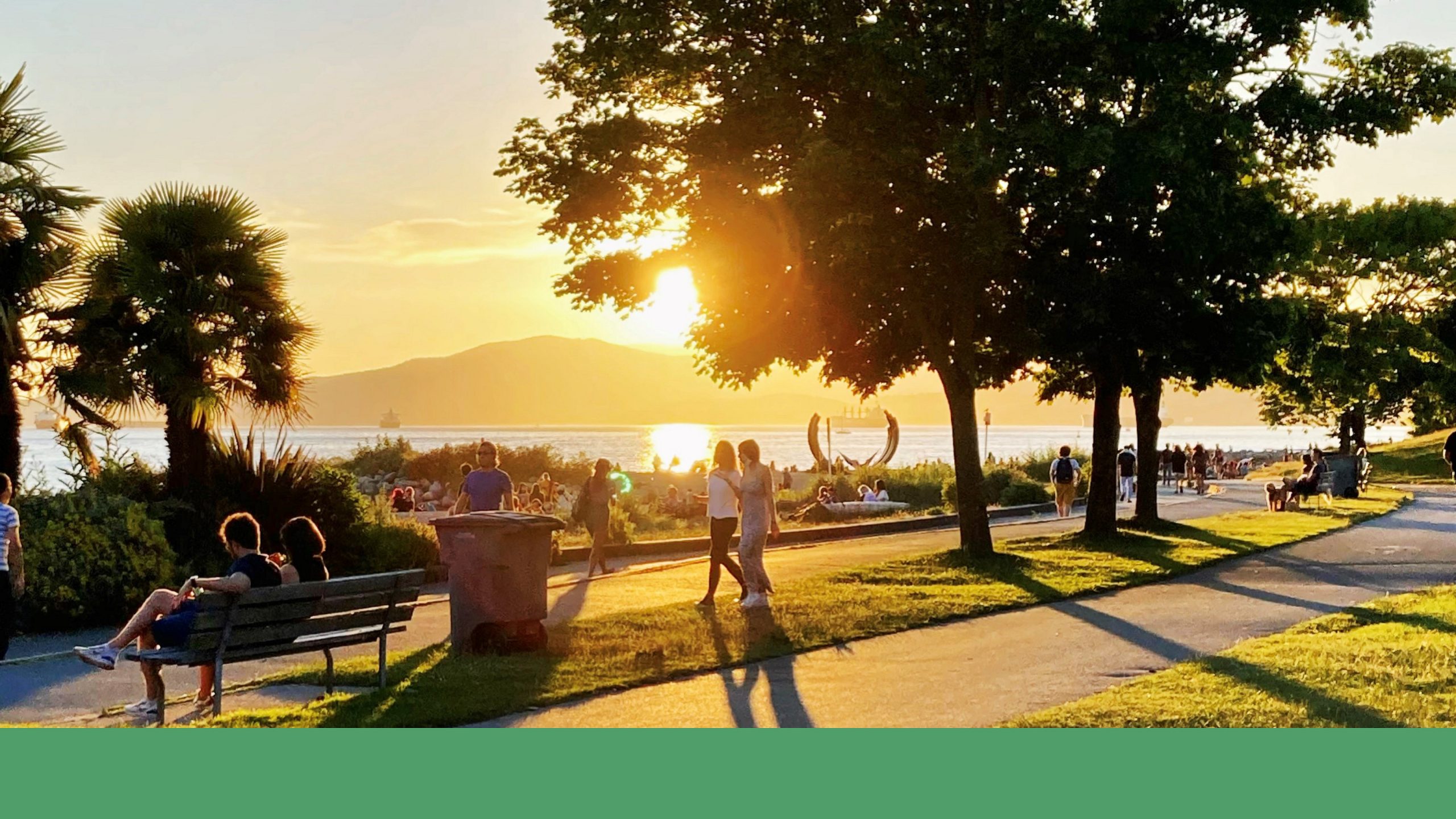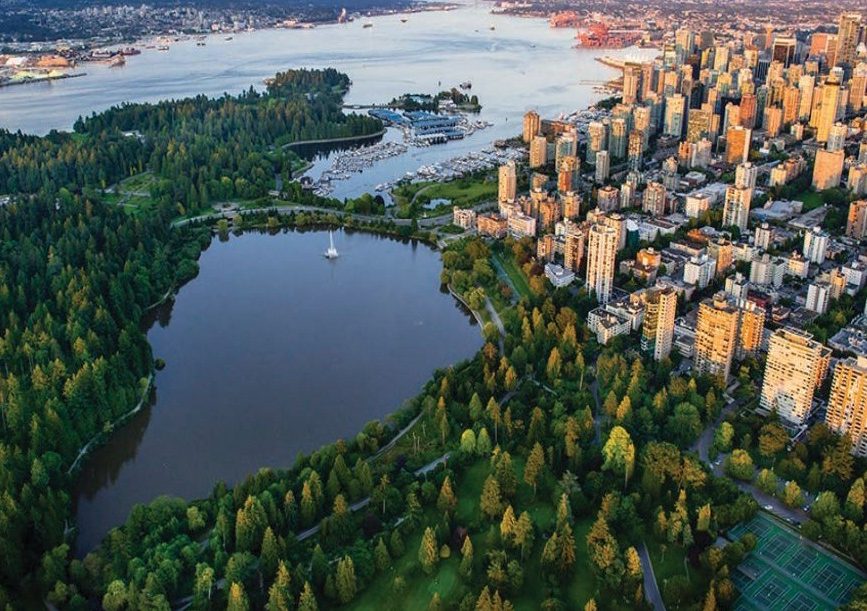
Direction 4.1: Embed Ecosystems in Planning
Support the health of Vancouver’s ecosystems as an integral part of planning, urban design, and city building.
Indigenous Peoples have been stewarding and protecting natural areas for millennia through deep relationship with these unceded lands and waters, guided by their ancestral stewardship laws. The City will continue to engage with xʷməθkʷəy̓ əm (Musqueam), Sḵwx̱wú7mesh (Squamish), and səlilwətaɬ (Tsleil-Waututh) Nations (the Nations) to apply Indigenous approaches to land use planning.
Policies
| 4.1.1 |
Establish a ‘whole systems’ approach to land use planning, including planning at the watershed scale, that incorporates the protection, restoration, and maintenance of key ecological features and areas. |
| 4.1.2 |
Collaborate with the Nations to understand and support their ecological priorities, their obligations to protect natural areas and water, and systems of applying Indigenous science to land use planning and stewardship. |
| 4.1.3 |
Ensure equitable processes and outcomes when planning for the expansion or creation of new ecological areas and green spaces. |
| 4.1.4 |
Innovate and collaborate with partners in advocating for environmental rehabilitation in complex, inter- jurisdictional areas (e.g., marine environments). |
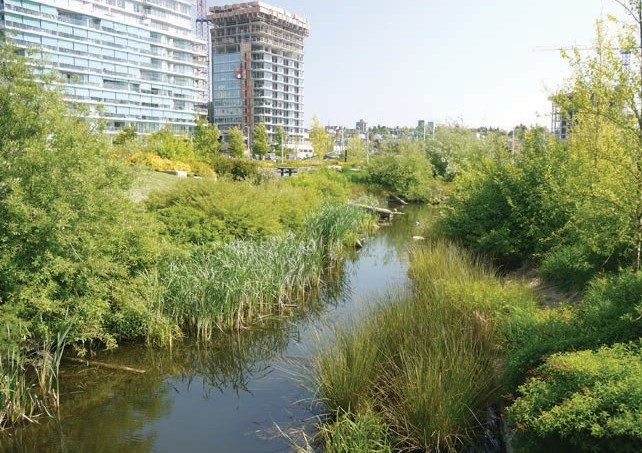
Direction 4.2: Make Space for Nature
Identify, rehabilitate, and connect ecological systems in Vancouver.
A healthy, functioning natural environment requires adequate space and connectivity for water, soils, plants and animals to thrive. The majority of the city’s existing natural areas are fragmented, isolated, and do not have sufficient separation and distance from urban noise, light, and impervious cover. The policies below identify city-building approaches to strengthen and expand Vancouver’s ecosystem by providing adequate space and connections for nature to thrive.
Policies
| 4.2.1 |
Establish a healthy, city-wide ecological network through transforming road space, parkland acquisition, naturalization of parks, and other City-owned public property. Increase the urban forest canopy and expand the blue green network. |
| 4.2.2 |
Ensure natural areas support the health of Vancouver’s water systems and are integrated within the ecological network. |
| 4.2.3 |
Identify new and enhance existing biodiversity hotspots and corridors and environmental regeneration areas. |
| 4.2.4 |
Retain and grow a healthy and resilient urban forest, using City tools such as zoning, servicing and subdivision bylaws, and upgraded street designs to provide more space for permeability, quality soil and increased tree canopy across the city. |
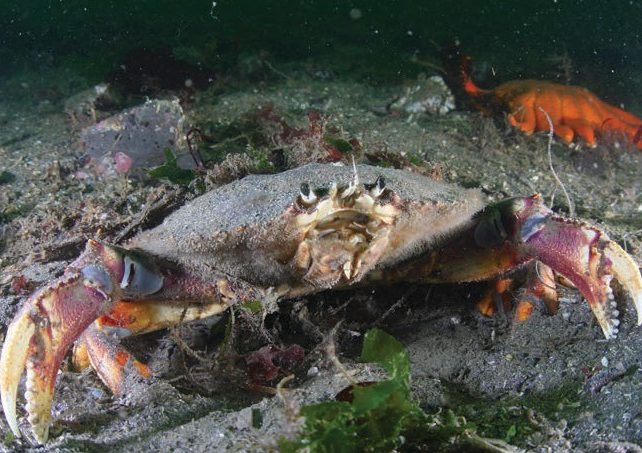
Direction 4.3: Protect Nature
Protect ecosystems and manage growth around them.
Vancouver’s ecosystems regularly compete with other important land uses. As well, human activity has negative, spillover impacts that lead to further environmental harm. Protecting nature requires us to develop strong and comprehensive tools to preserve areas for ecosystems, manage growth around sensitive habitats, protect natural assets on private property, and implement robust management plans for natural areas.
Policies
| 4.3.1 |
Establish appropriate environmental setbacks that limit development around important water bodies. |
| 4.3.2 |
Explore the formation of water rights for important bodies of water in Vancouver (e.g., marine conservation zones). |
| 4.3.3 |
Establish land use designations and development permit requirements for Ecologically Sensitive Zones to protect and enhance ecological functions. |
| 4.3.4 |
Protect urban soil to support urban forestry and the hydrological cycle. |
| 4.3.5 |
Ensure all types of natural areas have management plans and conservation guidelines, developed and implemented in collaboration with the Nations. |
| 4.3.6 |
Strengthen policies and regulations to protect and create natural assets on private property, with requirements and consideration for restoration, to increase biodiversity city-wide and connectivity within natural systems. |
| 4.3.7 |
Develop and incorporate economic valuation of the ecosystem services that natural assets, habitats, and ecosystems provide into the City’s financial planning processes. |
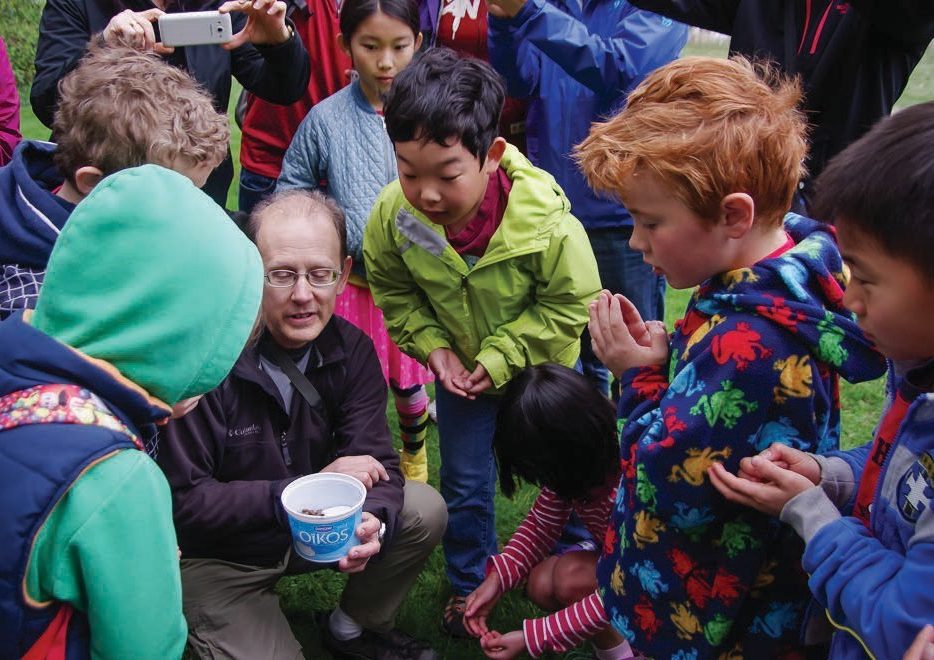
Direction 4.4: Provide Access to Nature
Increase and ensure equitable access to nature.
Nature contributes to our physical and mental well- being, and yet only 19% of Vancouver’s residents are within a 5-minute walk of a restorative natural area. For people to thrive, nature must also thrive. This direction focuses on enabling access to nature in low barrier, convenient, equitable and accessible ways, both geographically (by distance) and socially (through learning spaces and programs).
Policies
| 4.4.1 |
Support and collaborate with the Nations to improve access to the land and water to exercise their Indigenous rights to carry out cultural practices and harvesting opportunities. |
| 4.4.2 |
Support the intensification of the greenway network, towards car-free to car-light corridors that connect people to natural areas in sustainable ways. |
| 4.4.3 |
Ensure the ecological network is equitably distributed, and natural areas are accessible to every resident in Vancouver, while also balancing recreational, cultural and environmental needs. |
| 4.4.4 |
Ensure the ecological network integrates with food production and harvest spaces. |
| 4.4.5 |
Create and co-locate spaces for learning and stewardship within and around natural areas, with programs, partners, and educational opportunities for people to learn about nature. |
| 4.4.6 |
Ensure learning spaces and hubs centre Indigenous ecological knowledge and history, and provide opportunities to learn about nature from diverse cultural perspectives. |
